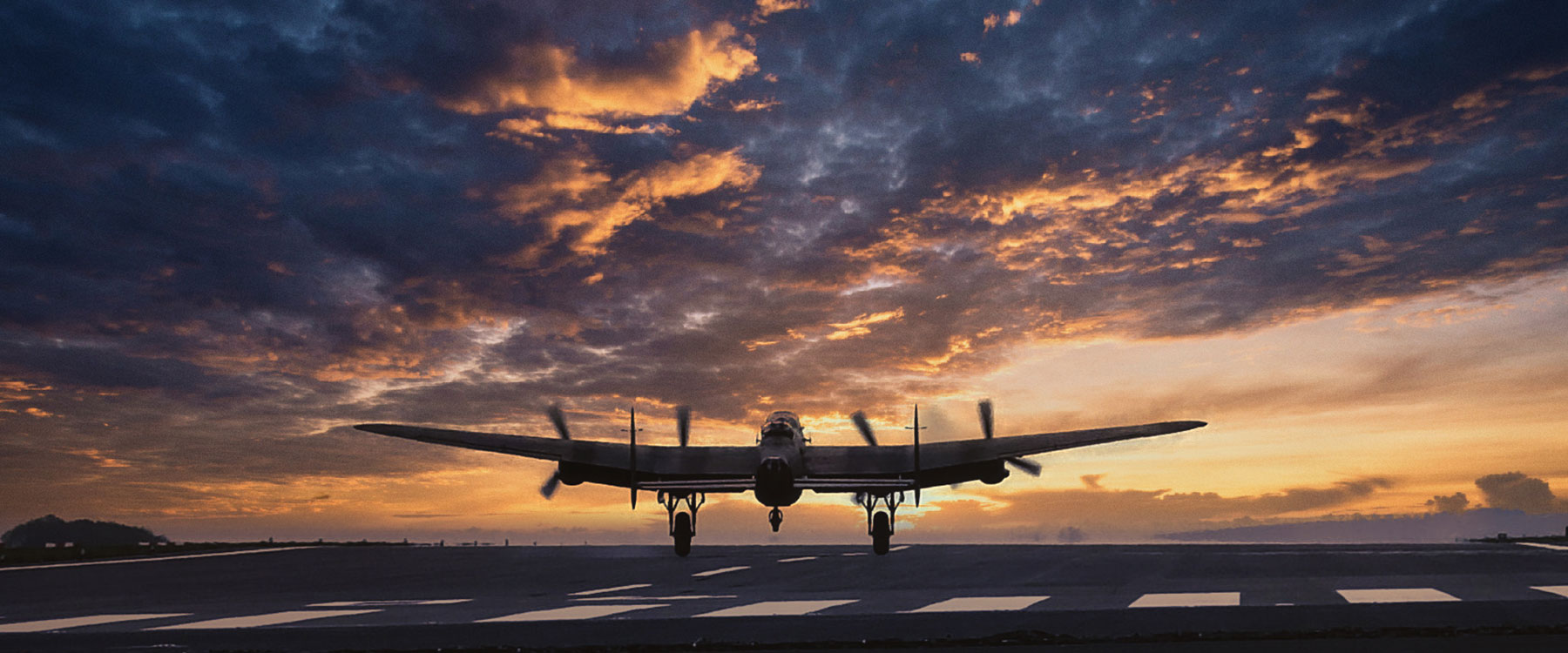Aviation Classics Magazine: Profiling the world?s greatest aircraft and manufacturers, and those who flew, maintained and supported them.
When Willis Hawkins and his team came up with the design for a new medium transport aircraft for the US Air Force, the chief designer of Lockheed, Clarence ‘Kelly’ Johnson, was skeptical. It was a four-engined aircraft where its rivals were mostly twinned, and it was driven by turboprops, a relatively new form of propulsion in the early 1950s.
It was a simple aircraft, the uninterrupted cargo hold ran from the cockpit to the rear ramp doors, the short sturdy undercarriage retracted into the fuselage and the high mounted wing and tailplane meant access to the fuselage was unimpeded for ease of loading and facilitated the carriage of a wide range of cargoes.
The design proposal won the USAF’s competition, the prototype making its first flight on August 23, 1954, at Lockheed’s Burbank facility in California. Nobody involved with the programme at this point could have foreseen what was to happen, but a legend had just been created. The production line was set up at Lockheed’s plant at Marietta in Georgia, the first aircraft flying from there on April 7, 1955. That production line is still running today, 60 years later, building aircraft for air forces all over the world - an incredible achievement.
The military transport has served with distinction conflicts worldwide, but it is as a humanitarian relief aircraft that the Hercules is best known, its rugged construction and capacious fuselage enabling it to deliver large payloads of aid directly to where they are needed, often making use of temporary or unprepared strips. Aside from transportation, the Hercules has been equipped to fulfil many other roles, from electronics surveillance and as a command and control platform, to drone launcher and controller and heavily armed ground-attack gunship. The transport has also been produced in civil versions, finding customers as far abroad as its military cousins. By 2012, 2424 of all versions of the C-130 had been built for customers in 63 nations across the globe.
The production line is set to continue well beyond the 60 year mark as older aircraft are retired and require replacement, as the Hercules is one of those rare aircraft where it can only truly be said that the only real replacement for it is another one.
Continue Reading...



